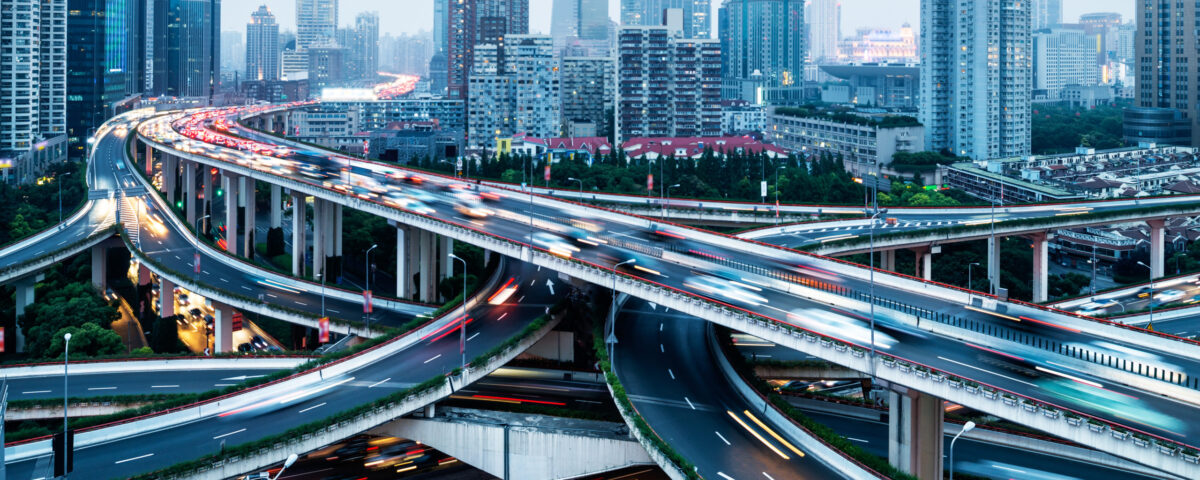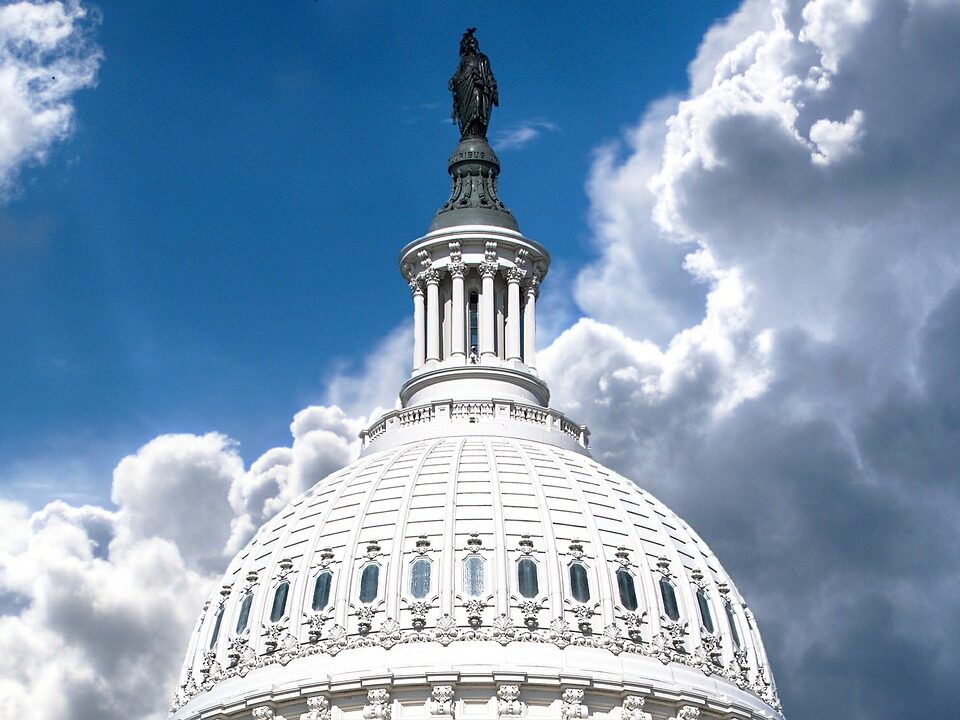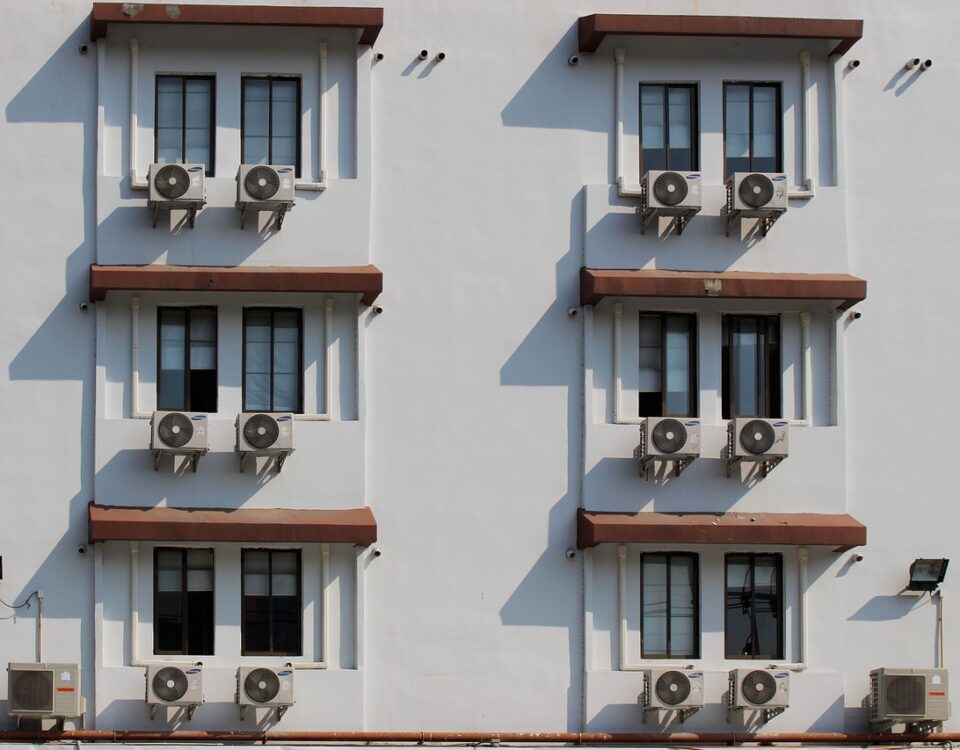
A Dodd-Frank Reality Check
February 7, 2017
The Real Meaning of Potty Parity
February 9, 2017When an east/west road crosses one that goes north/south, they usually connect.
Where are we going? To an infrastructure mystery.
The Breezewood Connection
Driving from Baltimore, MD to Economy, IN, first you travel northwestward along Route 70. Then you move westward along the Pennsylvania Turnpike (Route 76). However, to get from 70 to 76, you have to drive through Breezewood, PA. They just never built a bypass.
When the stretch of 70 near Breezewood was built, no one wanted to pay for a bypass. The federal government said no because drivers would have been forced to move from a free road to a turnpike with tolls. With state and local authorities also refusing, they wound up with the Breezewood loop.
You can imagine the development. Farmland was replaced by motels, fast food and gas stations. Now, along a two mile strip that resembles Las Vegas, 1.5 million trucks and 3.5 million passenger vehicles pass through annually.
Breezewood:
The problem though is the traffic jams. The American Transportation Research Institute estimates that truck drivers waste 142,363 hours each year by driving through Breezewood. Local legend says that Clint Eastwood got a speeding ticket in Breezewood in 1977 that he never paid. But most doubt his car could have moved that quickly.
Our Bottom Line: Infrastructure Spending
As you can see from this Pew infographic, state and local governments make most of the infrastructure spending decisions:

From: “Intergovernmental Challenges in Surface Transportation Funding,” The Pew Charitable Trusts, September 2014
Because a Breezewood bypass would eliminate local traffic and local business, Pennsylvania’s politicians will not use federal funds for a Breezewood bypass.
Our mystery? If the Congress does agree on massive infrastructure spending, the decision-making will be at the state and local level.
My sources and more: Between the NY Times and Outside the Beltway, the whole Breezewood story is told. Looking back further to 1991, this Bloomberg article tells it all a bit differently. And finally, econlife has more on problems with infrastructure spending,
![econlifelogotrademarkedwebsitelogo[1]](/wp-content/uploads/2024/05/econlifelogotrademarkedwebsitelogo1.png#100878)





